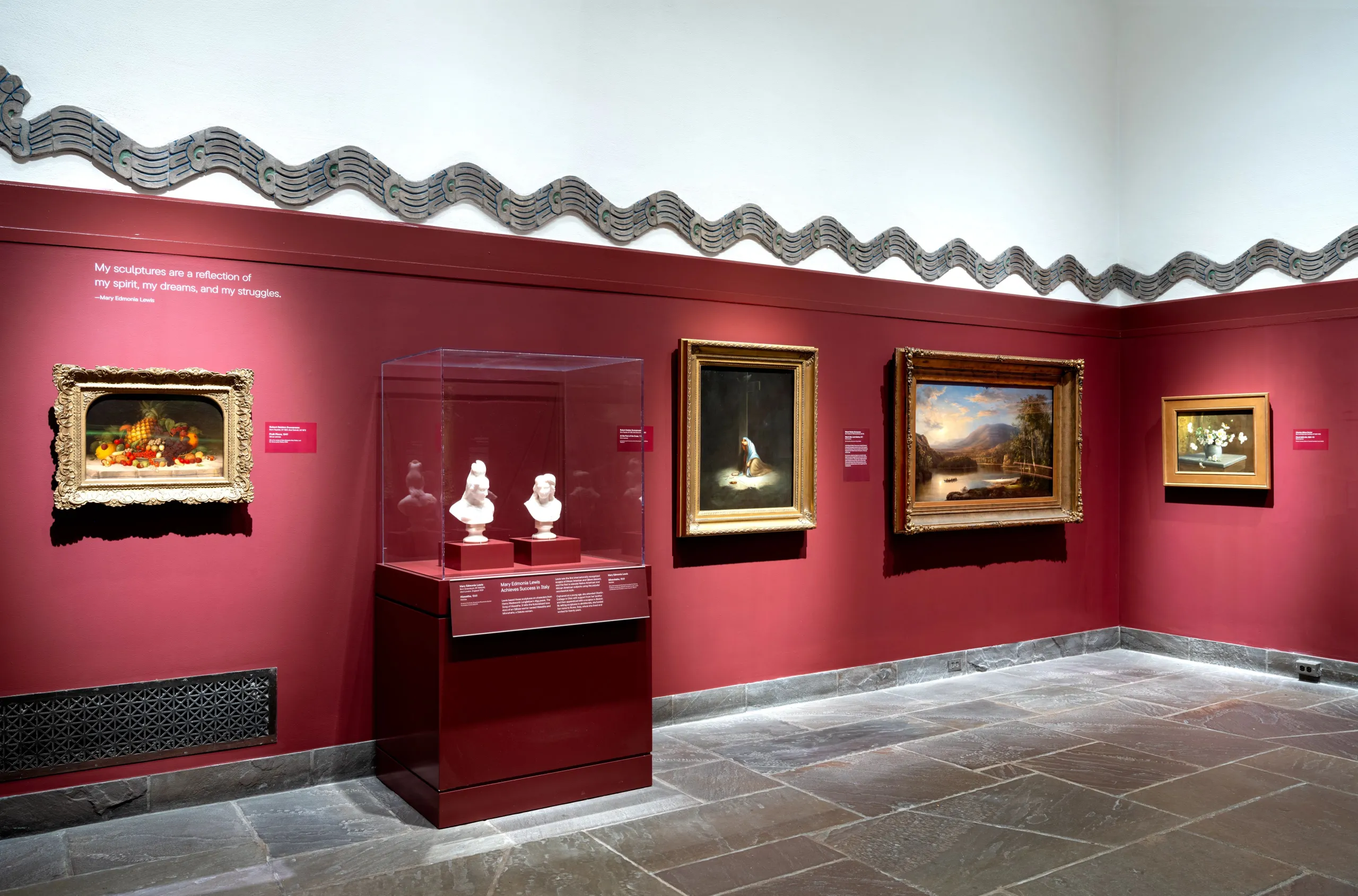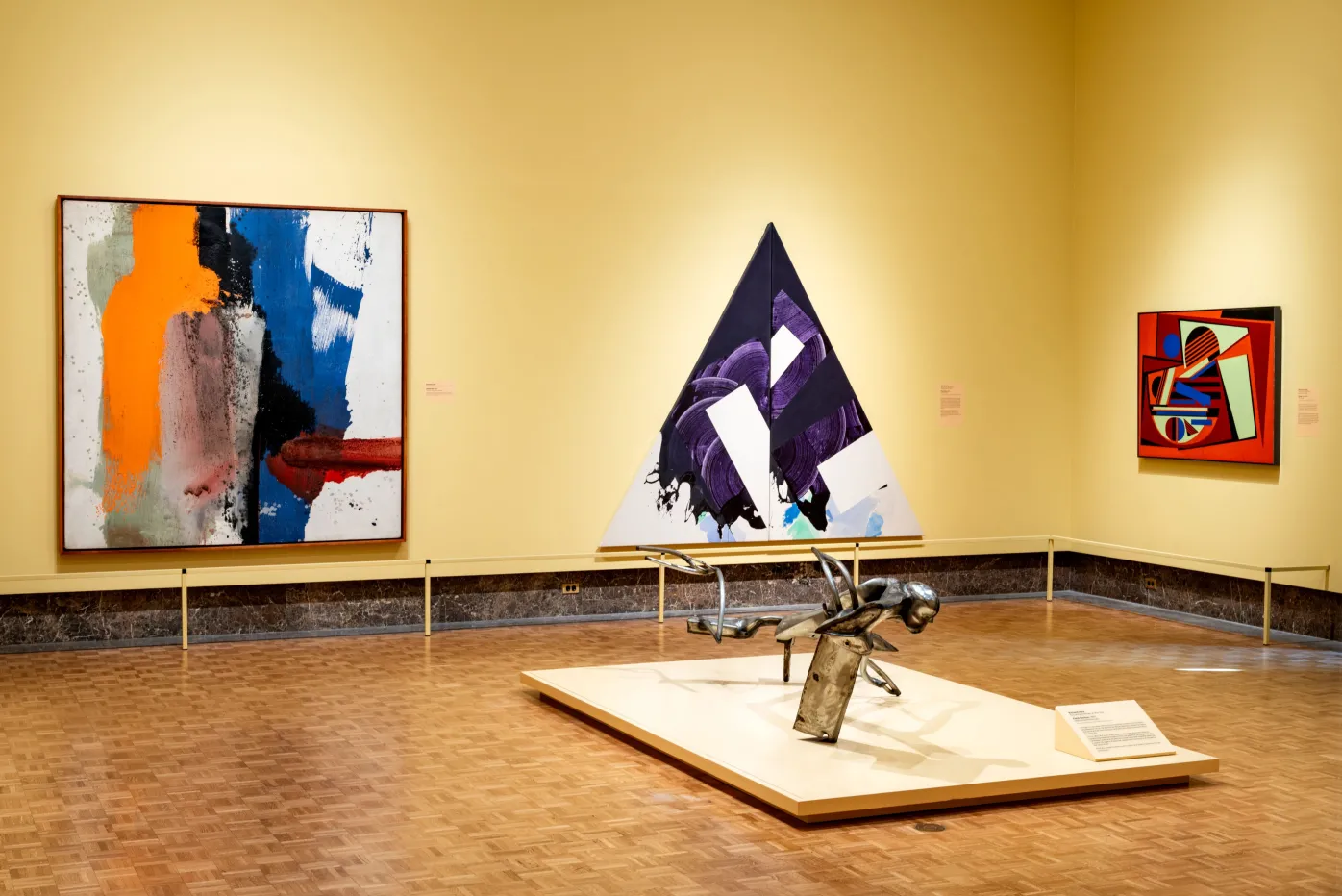During my college years in Europe, I didn’t have opportunities to learn about African American art. It wasn't until I moved to the US, and more specifically when I began working at the Detroit Institute of Arts in 2008, that I began to truly explore and understand African American art history. Valerie Mercer, DIA’s Curator of African American Art, was and continues to be very helpful in this journey.
Museums are an extraordinary tool for discovery and inspiration. Just as visitors come to the DIA to learn more about Italian Renaissance art, the Impressionist movement, or Egyptian art, to name a few, they can have that same kind of experience with African American art. We’ve reimagined our African American galleries, placing them at the heart of the museum, beside Rivera Court, and within the context of our encyclopedic collections.
This reinstallation serves as a history lesson about African American art, tracing the journey from the 1800s, when a few Black artists overcame extraordinary challenges to work professionally, to the 1980s, when some African American artists began to gain national and international recognition. The four galleries bring together powerful artworks, timelines, and quotes from influential voices that illuminate key movements and cultural milestones.
When the newly reinstalled Contemporary galleries open later in 2026, you’ll find African American art inserted into a global narrative along with works by artists from Detroit, Asia, Latin America, Africa, Europe and beyond.
In the new African American galleries, visitors will encounter remarkable works by artists such as Robert S. Duncanson, Mary Edmonia Lewis, and Charles McGee, alongside recent acquisitions by artists like Mavis Pusey—all presented in a refreshed and inspiring setting.
The DIA’s commitment to championing African American artists runs deep. The museum began collecting African American art in the 1940s and today holds one of the most significant collections of its kind in the world. In 2001, we became the first museum anywhere to establish a curatorial department devoted to African American art. And in 2007, we became the first to open permanent galleries dedicated to this vital part of our shared cultural story.
Nearly two decades later, we’re proud to continue that legacy with this new installation—an invitation to experience, learn about, and celebrate the creativity and resilience of Black artists across generations.



